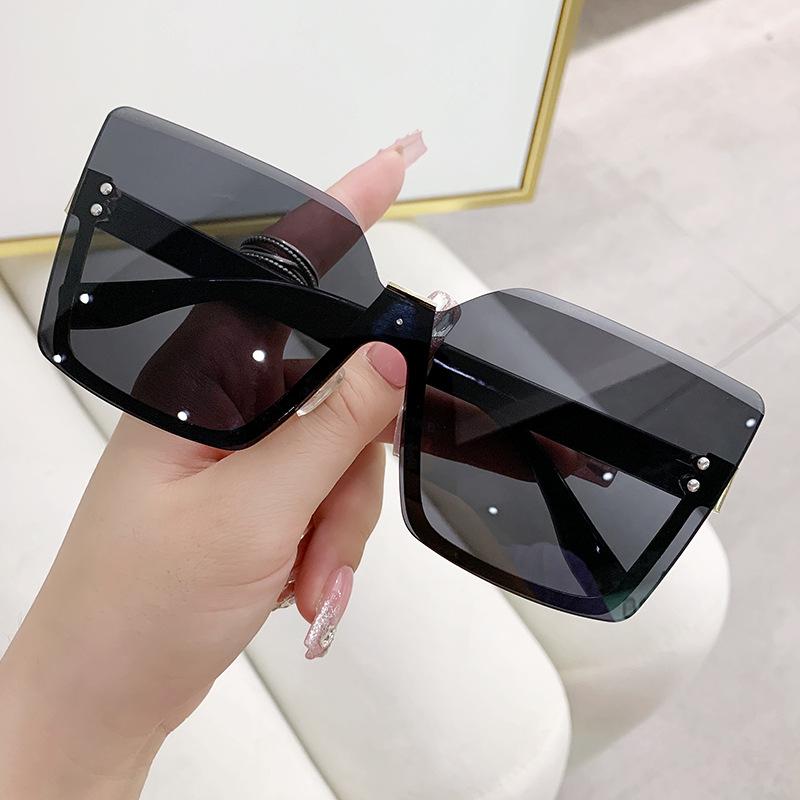Spectacle lens manufacturing process
Material selection: Eyeglass lenses are usually made of different types of materials, including glass, plastic (CR-39), high-refractive index plastic, polycarbonate, etc. The choice of material will affect the weight, refractive index and wear resistance of the spectacle lens.
Lens Cutting: The first step in the manufacturing process is cutting the chosen material into the appropriate shape to fit the size of the eyeglass frame.
Lens grinding: The cut lenses are sent to a grinding machine for fine grinding to accurately adjust their optical power to meet the correction needs of myopia, hyperopia or astigmatism.
Coating application: Special coatings may be added to the lenses, such as anti-reflective, anti-scratch, waterproof, anti-fog, anti-UV and anti-blue light. These coatings improve the performance and comfort of your lenses.
Polishing: After the lenses have been ground and coated, they are polished to obtain a clear, smooth and transparent surface.
Quality Inspection: Manufacturers conduct strict quality control inspections to ensure each lens meets specifications and is free of defects.
Mounting to frames: The finished lenses are mounted into eyeglass frames to create complete eyeglasses.
Final Inspection and Adjustment: Finally, the glasses undergo a final inspection, including power measurement and frame adjustment, to ensure they fit individual needs.
